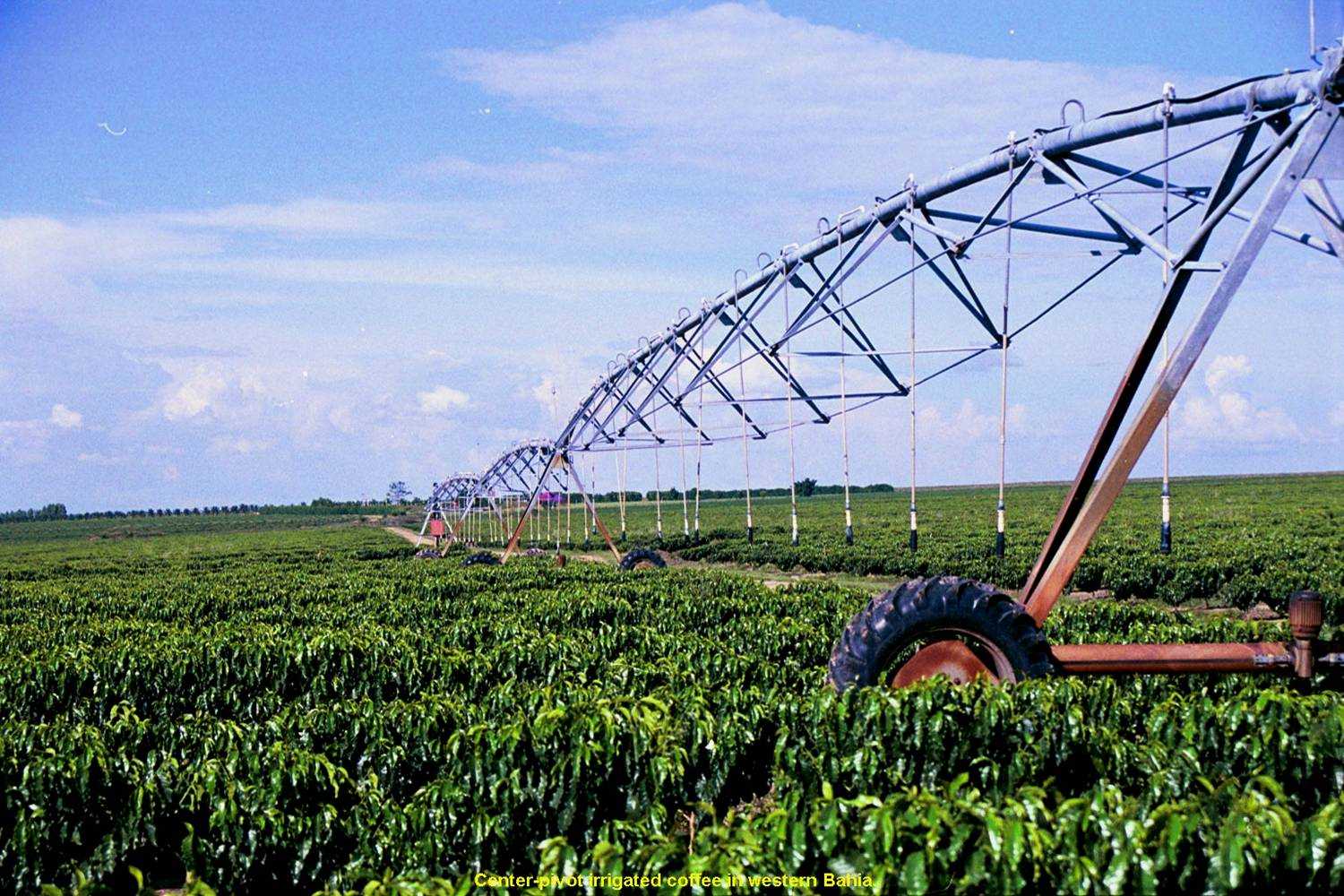Prices of arabica coffee dropped in the domestic and international markets in early December. Speculations for a slight rise of global supply in the 2016/17 crop, due to estimates for higher production in Brazil and the entry of other countries to the global market pushed down arabica quotes.
Between November 30 and December 15, the CEPEA/ESALQ Index, type 6, hard cup or better (delivered in São Paulo city), decreased 7.1%, closing at 497.37 BRL (147.46 USD) per 60-kilo bag on December 15. In this scenario, trades were slow in Brazil.
The volume of arabica and robusta coffee (2016/17 crop) traded until December 9 was near 70%.
The remaining amount may be traded only in the first semester of 2017 or when sellers feel the need to sell to make cash flow.
Many coffee growers were concerned with tax issues and, therefore, intend to return to the market only next year.
According to agents, the remaining arabica beans for trading have varied quality.
For robusta, however, Cepea collaborators report that the volume in the 2016/17 season that has not been traded yet is coffee of lower quality and may be allocated to the domestic industry.
For robusta, the remaining volume is much smaller than for arabica, both in the Espírito Santo and Rondônia.
Due to weather issues in the 2016/17 season, few fine beans were observed. According to Cepea collaborators, this small amount may be traded before the beginning of the harvesting of the next season, which may occur in April/17.
Robusta coffee prices recovered slightly in the second week of December, but trades continued slow due to low supply.
The CEPEA/ESALQ Index of robusta type 6, screen 13, closed at 491.25 BRL (145.64 USD) per 60-kilo bag on December 15, 2.9% up compared to November 30.















